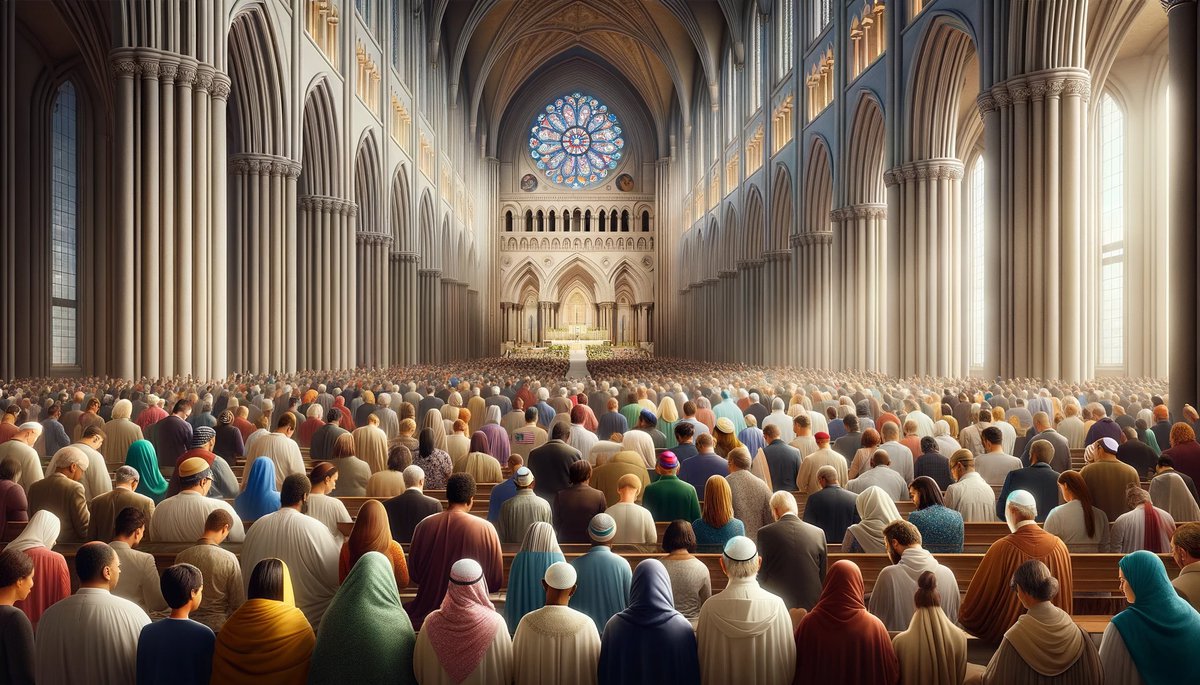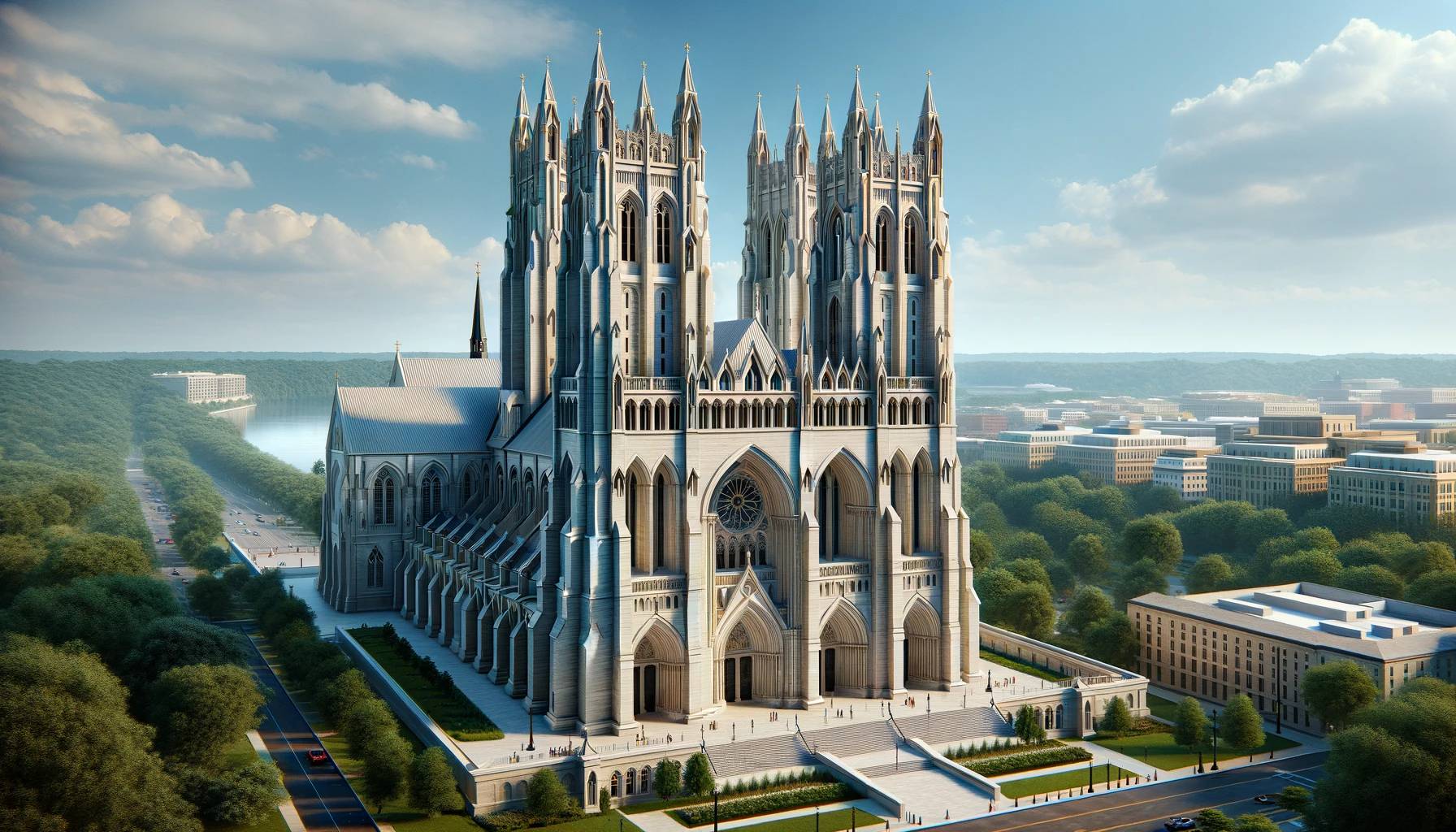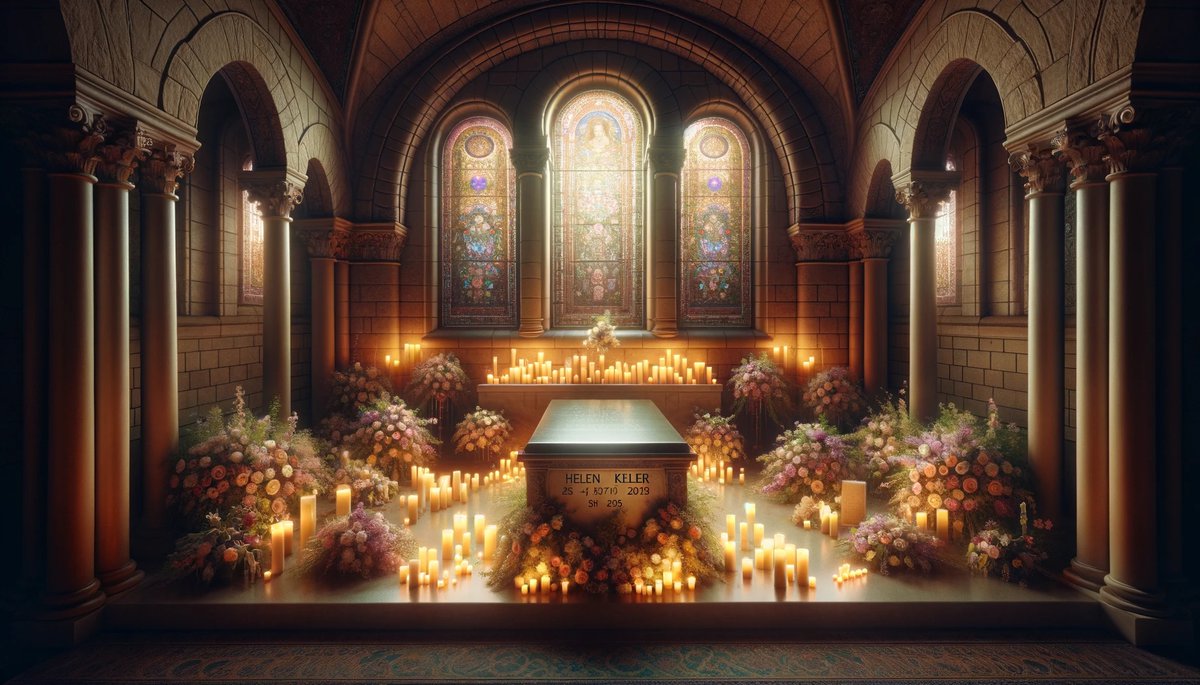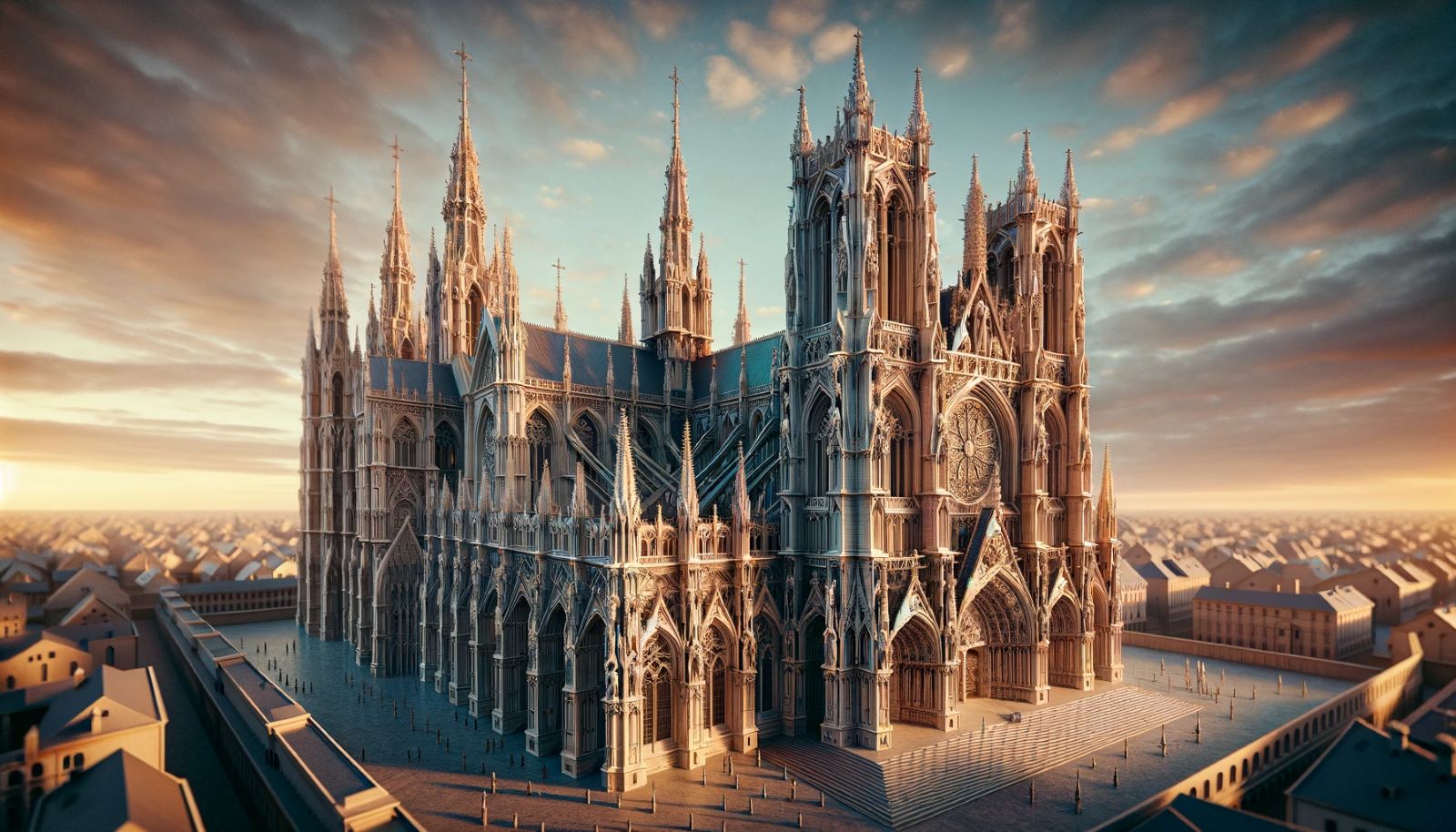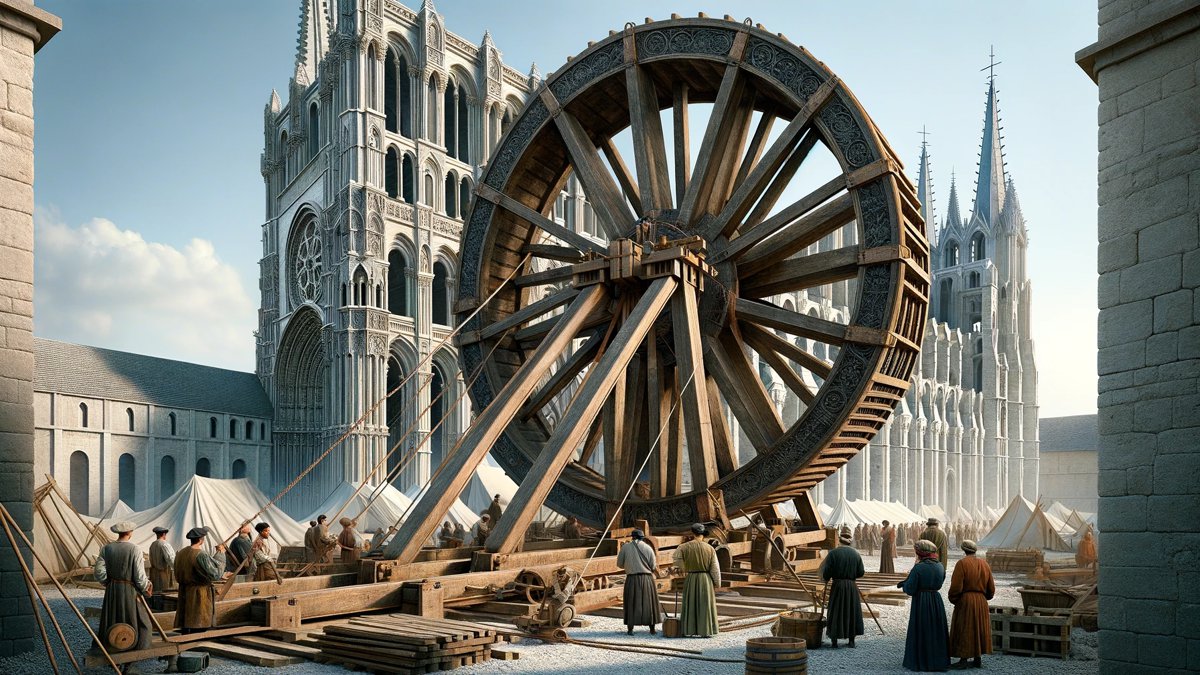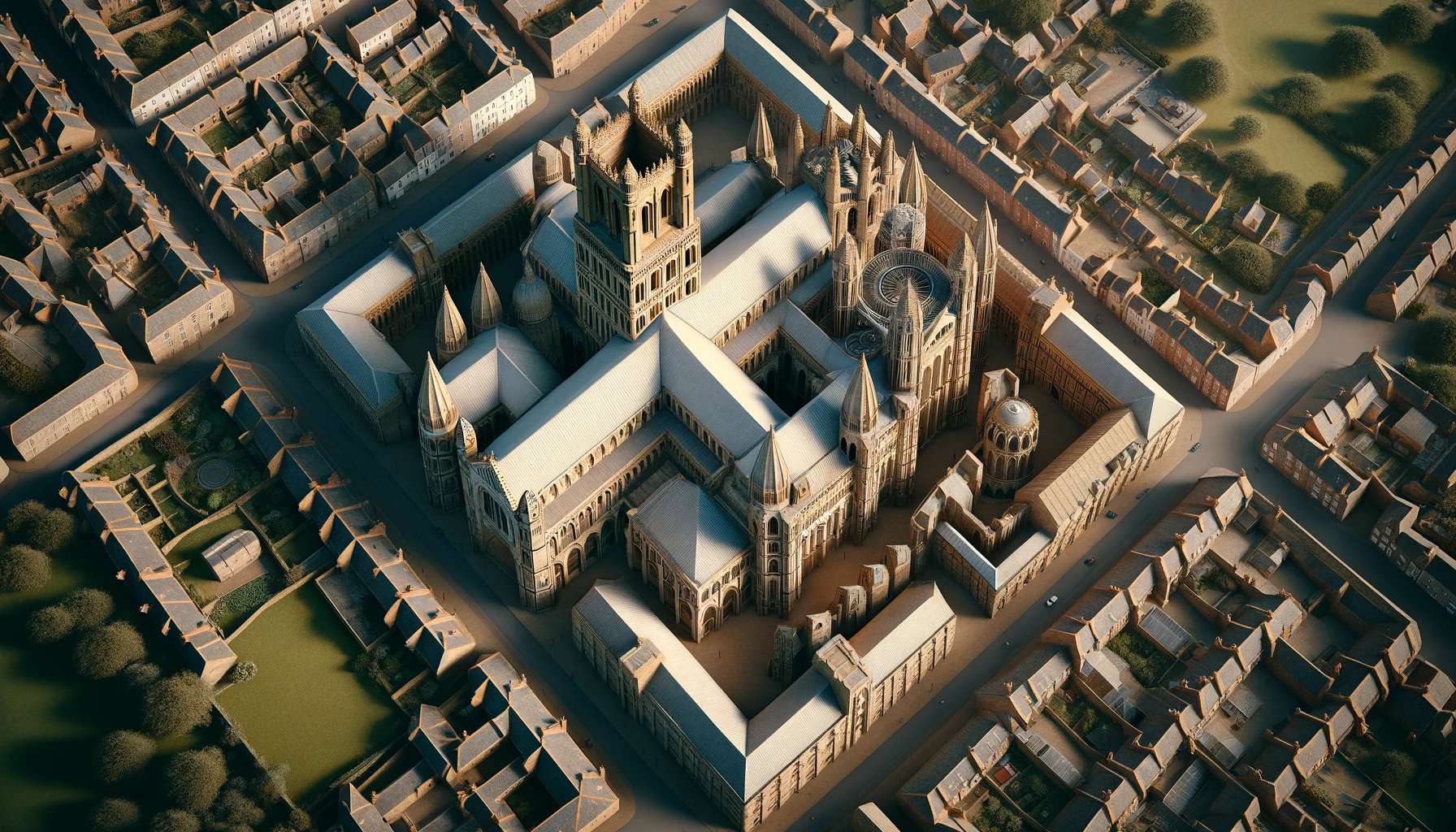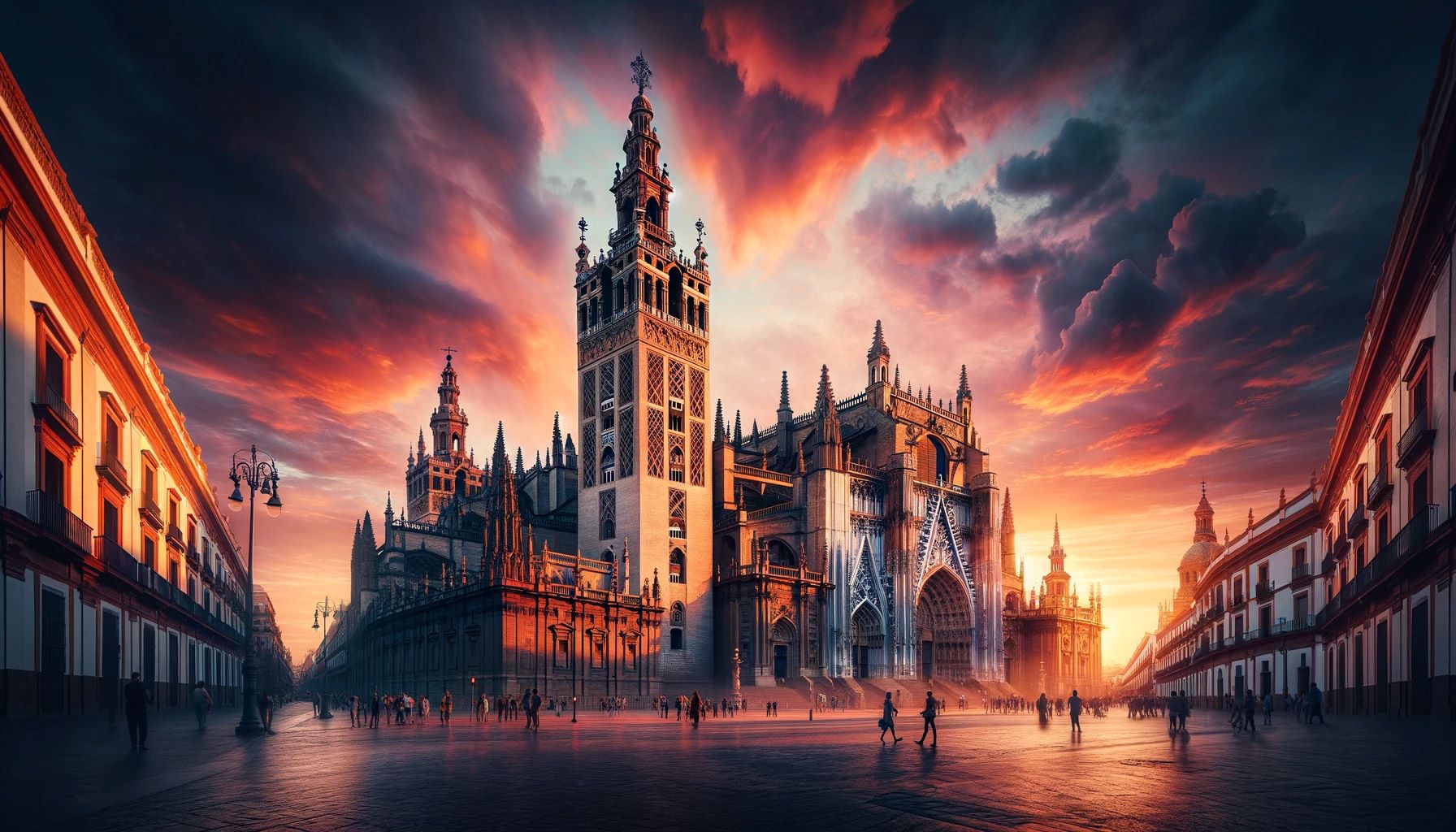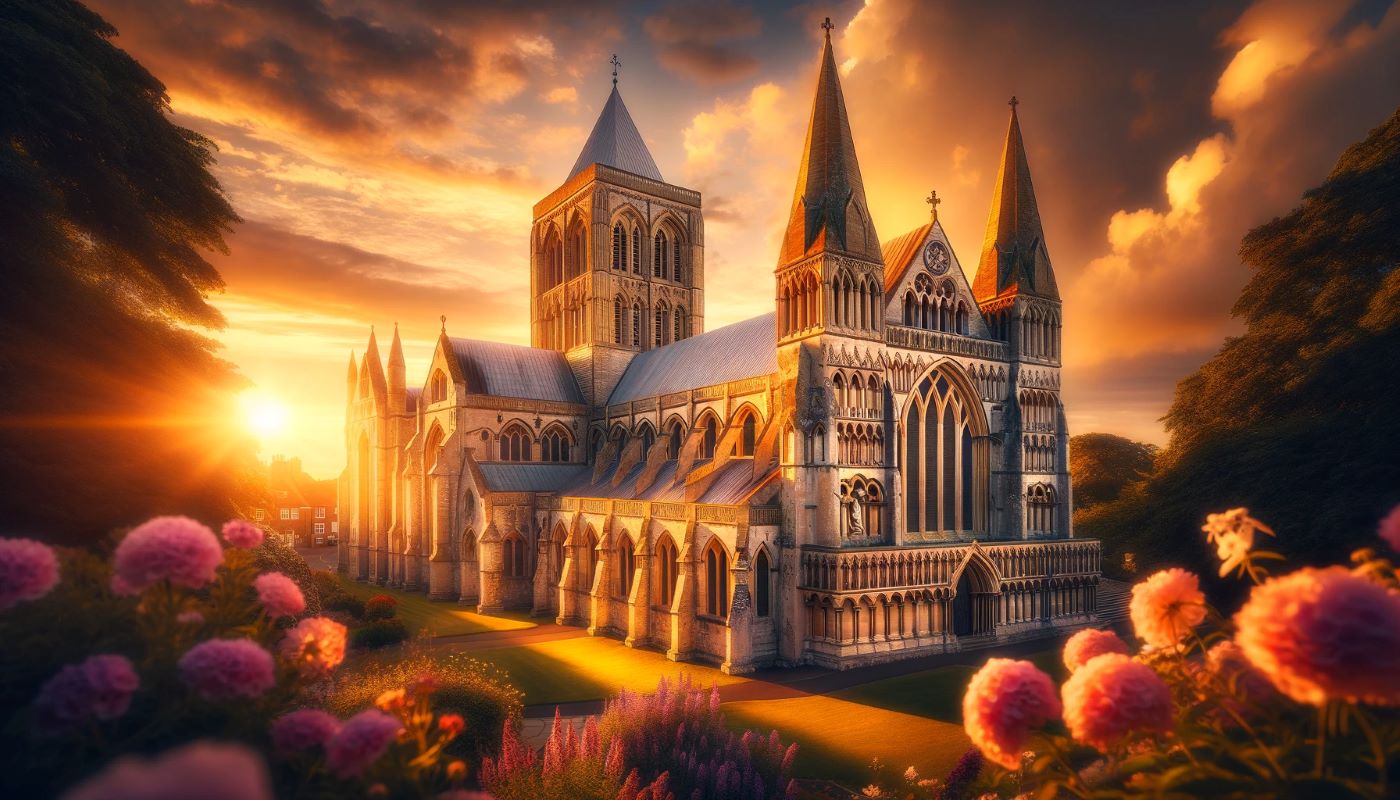Home>Arts and Culture>How Large Is Washington National Cathedral
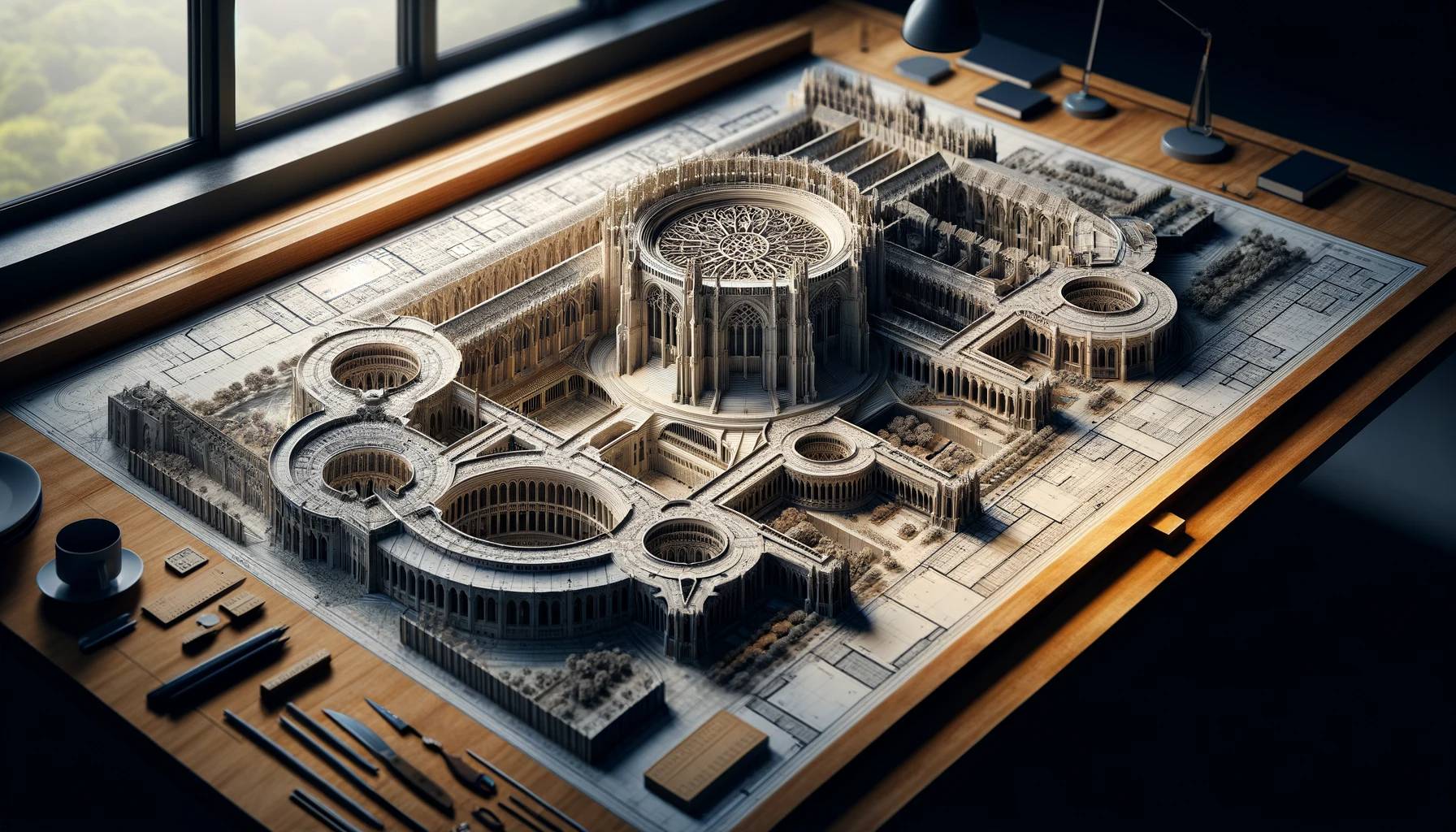

Arts and Culture
How Large Is Washington National Cathedral
Published: February 16, 2024
Peter Smith, Editorial Director at Christian.net, combines deep insights into faith, politics, and culture to lead content creation that resonates widely. Awarded for his contributions to religious discourse, he previously headed a major organization for religious communicators, enhancing dialogue on faith's societal impacts.
Discover the grandeur of Washington National Cathedral and its significance in arts and culture. Uncover the architectural marvel and historical treasures within.
(Many of the links in this article redirect to a specific reviewed product. Your purchase of these products through affiliate links helps to generate commission for Christian.net, at no extra cost. Learn more)
Table of Contents
Introduction
The Washington National Cathedral stands as a majestic symbol of faith, artistry, and national pride in the heart of the United States capital. This iconic structure, officially known as the Cathedral Church of Saint Peter and Saint Paul in the City and Diocese of Washington, holds a revered place in the country's cultural and religious landscape. As one of the largest and most architecturally significant cathedrals in the world, it beckons visitors from near and far to marvel at its grandeur and immerse themselves in its rich history.
From its lofty position atop Mount Saint Alban, the cathedral commands attention with its soaring spires and intricate Gothic Revival architecture. Beyond its physical presence, the cathedral serves as a spiritual haven, a center for contemplation, and a hub for artistic expression. Its allure extends beyond the realm of religious significance, drawing admirers of art, history, and architecture to explore its hallowed halls and ornate chapels.
The story of the Washington National Cathedral is one of resilience, vision, and unwavering dedication. Its construction, which spanned over a century, reflects the enduring commitment of countless artisans, architects, and craftsmen who poured their expertise and passion into bringing this monumental edifice to life. As a testament to the collaborative spirit of the American people, the cathedral stands as a living testament to the power of human creativity and determination.
In the following sections, we will delve into the captivating history, awe-inspiring architecture, and monumental dimensions of the Washington National Cathedral. By unraveling the layers of its significance and exploring its grandeur, we can gain a deeper appreciation for this architectural marvel and the profound impact it has had on the cultural tapestry of the United States.
History of Washington National Cathedral
The history of the Washington National Cathedral is a saga of perseverance, vision, and unwavering dedication. The idea of a national cathedral in the United States took root in the 19th century, driven by a desire to establish a grand spiritual and cultural landmark befitting the young nation. In 1893, a resolution was passed by the Episcopal Church to build a national cathedral in Washington, D.C., the capital of the United States. This marked the beginning of a monumental undertaking that would span generations.
The cathedral's construction commenced in 1907, with the laying of the foundation stone. However, the road to completion was fraught with challenges, including interruptions caused by two world wars, economic hardships, and shifts in architectural plans. Despite these obstacles, the cathedral gradually took shape, a testament to the unwavering commitment of all those involved in its creation.
One of the defining moments in the cathedral's history came in 1976 when the final finial was placed atop the central tower, marking the structural completion of the edifice. This milestone, occurring nearly a century after the initial groundwork, signified the culmination of a monumental effort spanning multiple generations.
The cathedral's significance extends beyond its physical presence. It has served as a venue for pivotal national events, including state funerals, presidential inaugural services, and interfaith gatherings. Its role as a center for spiritual solace and communal reflection has solidified its place as a cherished national institution.
The Washington National Cathedral stands as a living testament to the enduring spirit of the American people and the power of collective vision. Its rich history, marked by perseverance and resilience, embodies the ideals of unity, faith, and cultural enrichment. As we delve deeper into the cathedral's architectural splendor and cultural significance, we gain a profound appreciation for the indelible mark it has left on the fabric of American heritage.
Architecture and Design
The Washington National Cathedral stands as a paragon of Gothic Revival architecture, boasting a harmonious blend of intricate craftsmanship, soaring spires, and awe-inspiring details. The cathedral's design was heavily influenced by the grand medieval cathedrals of Europe, with a particular nod to the French High Gothic style. This influence is evident in the pointed arches, ribbed vaults, and delicate tracery that adorn the cathedral's interior and exterior.
The cathedral's facade is adorned with a stunning array of decorative elements, including gargoyles, grotesques, and intricate carvings that pay homage to both religious symbolism and the natural world. The west front, in particular, features a mesmerizing display of sculpted figures and scenes, inviting visitors to marvel at the meticulous artistry that adorns the exterior.
Upon entering the cathedral, visitors are greeted by a breathtaking interior characterized by lofty vaulted ceilings, slender columns, and an abundance of stained glass. The nave, with its expansive dimensions and ethereal light filtering through the stained glass windows, exudes a sense of timeless grandeur. The intricate stone carvings that adorn the columns and capitals further accentuate the cathedral's architectural splendor, inviting admiration for the skill and artistry of the craftsmen who brought these elements to life.
The chancel, or the area around the altar, serves as the focal point of the cathedral's interior, radiating a sense of reverence and tranquility. The high altar, adorned with exquisite reredos and intricate woodwork, stands as a testament to the cathedral's commitment to artistic excellence and spiritual significance.
The architectural and design elements of the Washington National Cathedral extend beyond the main sanctuary, encompassing a myriad of chapels, crypts, and hidden treasures waiting to be discovered. Each chapel within the cathedral bears its own unique design and thematic elements, offering visitors a diverse tapestry of artistic expression and spiritual contemplation.
In essence, the architecture and design of the Washington National Cathedral stand as a testament to the enduring legacy of Gothic Revival craftsmanship and the unwavering dedication of the artisans who brought this monumental vision to fruition. The cathedral's intricate details, soaring proportions, and timeless beauty beckon visitors to immerse themselves in a world of transcendent artistry and spiritual significance.
Size and Dimensions
The Washington National Cathedral, a monumental masterpiece of Gothic Revival architecture, commands attention not only for its awe-inspiring design but also for its remarkable size and dimensions. As one of the largest cathedrals in the world, its sheer scale and proportions leave an indelible impression on all who behold it.
The cathedral spans an impressive length of 526 feet, with a nave that stretches to a height of 102 feet. Its imposing central tower, reaching a soaring height of 301 feet, stands as a testament to the cathedral's vertical grandeur. The intricate details of the cathedral's exterior, including its numerous pinnacles, flying buttresses, and ornate carvings, contribute to its commanding presence on the Washington, D.C. skyline.
The interior dimensions of the cathedral further reflect its monumental stature. The nave, with its expansive width of 83 feet, creates a sense of spaciousness and grandeur, inviting visitors to gaze in wonder at the lofty vaulted ceilings and intricate tracery that adorn the space. The cathedral's transepts, or the arms of the cross-shaped floor plan, extend to a width of 158 feet, adding to the sense of vastness and architectural splendor.
The cathedral's intricate stone carvings, delicate stained glass windows, and ornate woodwork further accentuate its dimensions, inviting visitors to immerse themselves in a world of transcendent artistry and spiritual significance. The sheer scale of the cathedral's interior, coupled with its meticulous attention to detail, creates an atmosphere of reverence and awe, underscoring the profound impact of its dimensions on the visitor's experience.
In addition to its impressive length, height, and width, the Washington National Cathedral also boasts a collection of chapels, crypts, and hidden chambers that contribute to its overall dimensions. Each of these spaces, with its unique architectural features and thematic elements, adds to the cathedral's multifaceted dimensions, inviting exploration and contemplation.
In essence, the size and dimensions of the Washington National Cathedral stand as a testament to the monumental vision and unwavering dedication of the architects, artisans, and craftsmen who brought this architectural marvel to life. Its vast proportions, intricate details, and spiritual significance combine to create an immersive experience that transcends mere physical dimensions, leaving an enduring impression on all who enter its hallowed halls.
Importance and Significance
The Washington National Cathedral holds profound importance and significance on multiple levels, transcending its role as a place of worship to become a cherished national institution and a testament to the enduring spirit of the American people. As a cultural and architectural landmark, the cathedral stands as a living embodiment of artistic excellence, historical resonance, and spiritual enrichment.
At its core, the cathedral serves as a beacon of faith and unity, welcoming individuals from diverse backgrounds and beliefs to gather in a spirit of inclusivity and shared humanity. Its role as a venue for interfaith dialogue, communal gatherings, and national ceremonies underscores its significance as a unifying force within the fabric of American society.
Beyond its spiritual and communal significance, the cathedral stands as a testament to the enduring legacy of Gothic Revival architecture and craftsmanship. Its intricate stone carvings, soaring spires, and ethereal stained glass windows represent a pinnacle of artistic achievement, inviting admiration for the skill and dedication of the artisans who brought this monumental vision to life.
The cathedral's historical resonance further underscores its importance, serving as a witness to pivotal national events and a repository of collective memory. From hosting state funerals and presidential inaugural services to providing solace in times of national mourning, the cathedral has woven itself into the tapestry of American history, leaving an indelible mark on the nation's collective consciousness.
Moreover, the cathedral's commitment to artistic expression and cultural enrichment is manifested in its vibrant program of musical performances, art exhibitions, and educational initiatives. Through these endeavors, the cathedral serves as a nurturing ground for creativity and a platform for the celebration of diverse artistic traditions, further solidifying its role as a cultural cornerstone within the nation's capital.
In essence, the Washington National Cathedral stands as a testament to the enduring values of faith, artistry, and communal unity. Its multifaceted significance as a place of worship, a cultural landmark, and a symbol of national resilience underscores its enduring impact on the cultural and spiritual landscape of the United States. As visitors traverse its hallowed halls and gaze upon its architectural splendor, they are invited to partake in a journey of contemplation, inspiration, and reverence, reaffirming the cathedral's timeless importance in the hearts and minds of all who encounter its grandeur.
Conclusion
In conclusion, the Washington National Cathedral stands as a testament to the enduring spirit of human creativity, resilience, and collective vision. From its humble beginnings as a lofty aspiration to its realization as a monumental architectural marvel, the cathedral has woven itself into the fabric of American heritage, leaving an indelible mark on the cultural and spiritual landscape of the United States.
As we reflect on the cathedral's captivating history, awe-inspiring architecture, and monumental dimensions, we are reminded of the profound impact it has had on generations of visitors, pilgrims, and admirers. Its significance as a place of worship, a center for artistic expression, and a symbol of national unity underscores its multifaceted role within the nation's capital.
The cathedral's enduring legacy of Gothic Revival craftsmanship, intricate design elements, and historical resonance invites visitors to embark on a journey of contemplation, inspiration, and reverence. Its vast dimensions, intricate details, and spiritual significance combine to create an immersive experience that transcends mere physical proportions, leaving an enduring impression on all who enter its hallowed halls.
In the grand narrative of American history, the Washington National Cathedral stands as a living testament to the values of faith, artistry, and communal unity. Its role as a cultural landmark, a venue for national ceremonies, and a nurturing ground for artistic expression underscores its enduring impact on the cultural tapestry of the United States.
As we bid farewell to this architectural masterpiece, we carry with us a profound appreciation for its resilience, its beauty, and its unwavering presence as a symbol of hope and inspiration. The Washington National Cathedral, with its timeless grandeur and enduring significance, stands as a beacon of faith, a testament to human achievement, and a cherished national treasure that will continue to inspire and uplift generations to come.

